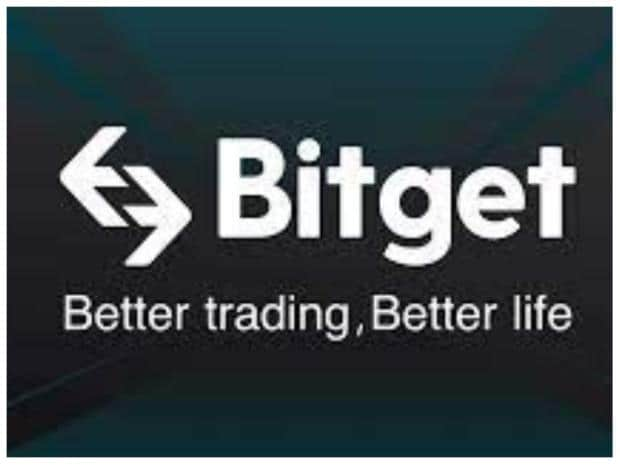)
Noida ranks as the worst city for stalled projects, with 35% of such cases occurring here, according to Anarock. Photo: Shutterstock
Asian shares started the week by rallying two-year highs on Monday, buoyed by China’s strongest measures yet to address its property crisis and by expectations for global rate cuts within weeks, while the dollar steadied after a weekly drop.
Brent crude futures touched a one-week high of $84.14 a barrel in early trade, with the crash, in heavy fog, of a helicopter carrying Iran’s president drawing traders’ attention to the Middle East. Gold hovered close to a record high at $2,423 an ounce.
Japan’s Nikkei rose 0.9 per cent in early trade. Hang Seng futures pointed to gains and MSCI’s broadest index of Asia-Pacific shares outside Japan was up 0.25 per cent to a two-year top with early gains in Australia and South Korea.
After world stocks made record highs last week in the wake of softening US inflation, focus this week turns to policy speeches, meeting minutes, a central bank decision in New Zealand and Nvidia results, with a break in the data calendar.
“Whether this summer continues will require more than one swallow flying, it will require the confidence of central bankers and more economic proof,” said Bob Savage, BNY Mellon’s head of markets strategy and insights in a note to clients.
“The week ahead will pivot on the Fed speakers and (Fed) minutes in how they paint the picture of policy risks ahead, with a bias to ease rather than hike essential,” he said.
Late last week, partly in response to some policymakers’ comments, global bonds retraced a rally that had followed an encouraging fall in US CPI data.
US Federal Reserve Governor Michelle Bowman reiterated her view that she remains willing to hike rates should progress on taming inflation stall or reverse.
European Central Bank board member Isabel Schnabel said the June rate cut that markets have priced in for Europe “may be appropriate” but seemed to pour cold water on traders’ expectations for a series of cuts to follow.
Two-year US Treasury yields ended last week four basis points (bps) lower at 4.825 per cent and were steady in Asia trade. Ten-year US yields were down 8.4 bps last week to 4.42 per cent. [US/]
Two-year bund yields went up 2 bps to 2.988 per cent. [GVD/EUR]
RBNZ AHEAD
China announced “historic” steps on Friday to stabilise its property sector, with the central bank facilitating 1 trillion yuan ($138 billion) in extra funding and easing mortgage rules, and local governments set to buy “some” apartments.
That helped the Hang Seng to a nine-month high and growth-sensitive copper prices to a 26-month peak. Elsewhere in commodities three-month nickel surged to its strongest in nine months due to unrest in nickel exporter New Caledonia. [MET/L]
In currency markets the dollar logged its largest weekly drop on the euro in two-and-a-half months last week, but was steady in Asia morning trade on Monday. [FRX/]
The euro was broadly steady at $1.0873 on Monday. The yen was a fraction softer at 155.82 per dollar.
The Australian dollar rose 1.4 per cent last week and held at $0.6698 on Monday and the New Zealand dollar hovered at $0.6135. The Reserve Bank of New Zealand sets interest rates on Wednesday and is expected to leave its main cash rate at 5.5 per cent.
“We don’t think the RBNZ will be as confident as markets are that cuts are just around the corner, and if that is the case, we may see short-end rates lift a touch this week,” said analysts at ANZ Bank.
Meeting minutes are due from Australia’s central bank and the Federal Reserve. Flash global PMIs are also out this week.
S&P 500 futures rose 0.2 per cent in early trade. Bitcoin dipped about 1 per cent to $65,863.
First Published: May 20 2024 | 9:29 AM IST
Note:- (Not all news on the site expresses the point of view of the site, but we transmit this news automatically and translate it through programmatic technology on the site and not from a human editor. The content is auto-generated from a syndicated feed.))



